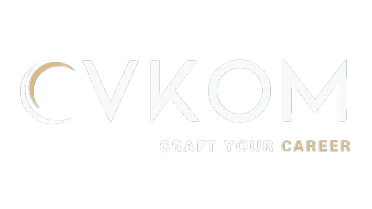How to Create a Professional Resume That Grabs Employers' Attention
In today’s competitive job market, a professional resume is
an essential tool for landing your dream job. A well-crafted resume not only
highlights your skills and experience but also captures the attention of
potential employers, setting you apart from other candidates. This essay
explores key strategies to create a resume that stands out and helps you make a
strong first impression.
1. Understanding the Purpose of a Resume
A resume is more than just a summary of your work history—it
is a marketing tool designed to showcase your qualifications, skills, and
accomplishments. Its primary purpose is to convince the employer that you are
the ideal candidate for the job. To achieve this, your resume should be
concise, tailored to the job you are applying for, and visually appealing.
2. Structuring Your Resume Effectively
A well-structured resume is easy to read and allows hiring
managers to quickly identify key information. Consider the following components
for an effective resume structure:
- Contact Information: Include your name, phone number,
email address, and LinkedIn profile (if applicable). Ensure your contact
details are accurate and professional.
- Professional Summary: Write a brief overview of your skills, experience,
and career goals. This section should immediately capture the employer's
attention.
- Work Experience: List your previous roles in reverse chronological order.
Highlight your responsibilities, achievements, and the impact you made in each
role.
- Education: Mention your academic qualifications, including degrees,
certifications, and relevant coursework.
- Skills: Focus on technical and soft skills that are relevant to the job
description.
- Additional Sections: Depending on your background, you may include
sections for volunteer work, awards, publications, or hobbies.
3. Tailoring Your Resume to the Job
One of the most effective ways to grab an employer’s
attention is by customizing your resume for each job application. Use keywords
from the job description to align your skills and experiences with the role’s
requirements. This not only demonstrates your understanding of the job but also
increases your chances of passing applicant tracking systems (ATS).
4. Using Action-Oriented Language
Employers value resumes that convey a sense of initiative
and achievement. Use action verbs such as 'led,' 'developed,' 'achieved,' and
'implemented' to describe your responsibilities and accomplishments. Quantify
your achievements wherever possible, as numbers provide tangible evidence of
your contributions.
5. Ensuring a Polished Presentation
A professional-looking resume creates a positive first impression. Pay attention to the following aspects:
- Font and Formatting: Use a clean, professional font such as Arial or
Calibri. Keep the font size between 10 and 12 points.
- Consistency: Ensure consistent formatting for headings, bullet points,
and spacing.
- Proofreading: Double-check for spelling and grammatical errors. Ask a
friend or mentor to review your resume for feedback.
Conclusion
Creating a professional resume that grabs employers'
attention requires careful planning, attention to detail, and a clear
understanding of the job market. By structuring your resume effectively,
tailoring it to the job, using action-oriented language, and presenting it
professionally, you can maximize your chances of securing an interview.
Remember, your resume is a reflection of your professional identity—make it
count.




